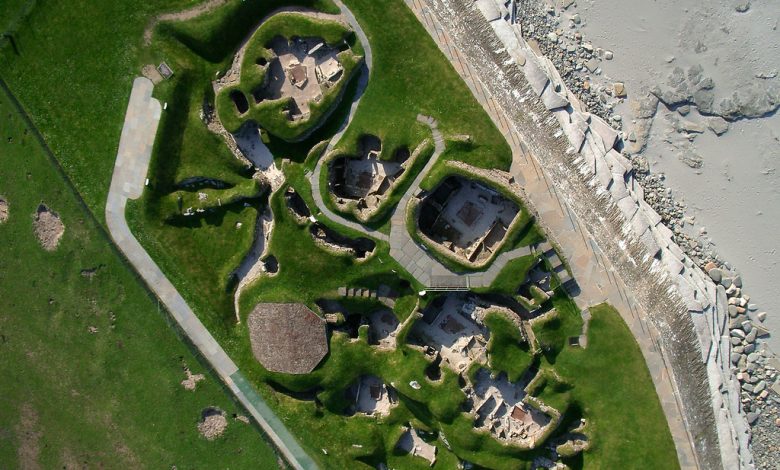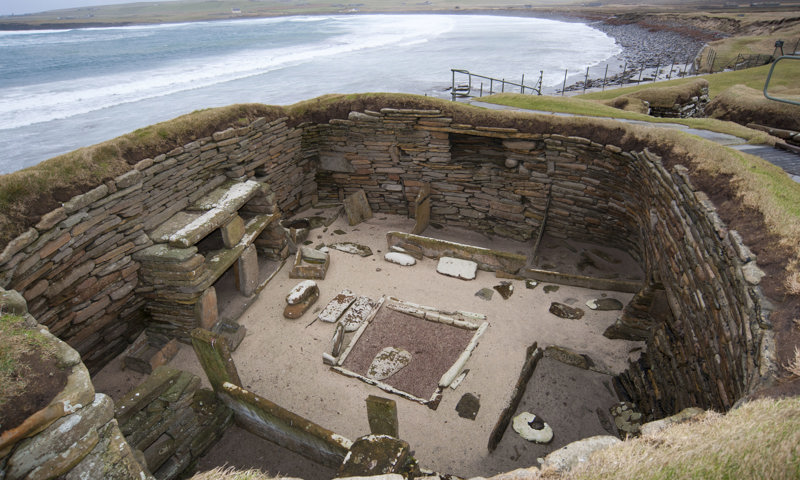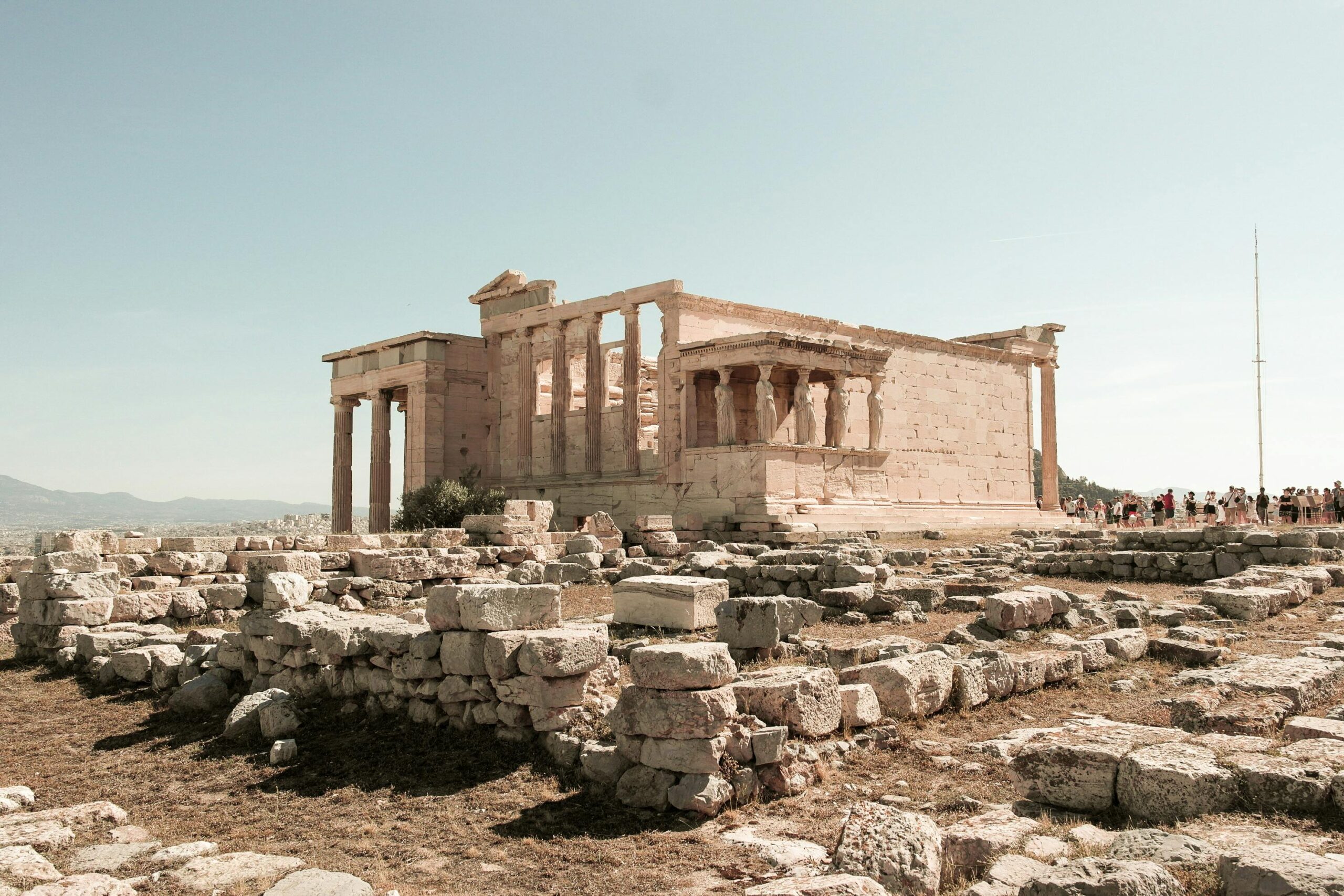

Anyone who walked in 1849 on the west coast of the island of Mainland of the Scottish Islands Cluster saw only a wild lush nature. No one knew that he was walking on a village with a story that surpassed the Pyramids of Egypt.
In the winter of 1850, a severe storm hit Scotland, causing extensive damage and more than 200 deaths. However, in the Gulf of Skille, the storm stripped the Earth from a large irregular hill.
At that time, the local villagers found the outline of a village consisting of small houses without roofs. For thousands of years of soil sediments I had covered this settlement.
Then, William Graham Watt, the son of a local farmer – a self -taught geologist – began to excavate the area, revealing four houses until 1868. It was the famous settlement of Skara Bre.
For years the excavations had stopped so that they started the interwar period. Between 1928 and 1930 the settlement was completely excavated by Ver Gordon Chald.

The interior of a house of the Settlement Settle
The most well -preserved village of 5,000 years
According to scientists, it is the oldest and best preserved Neolithic settlement in Europe and dates back to about 3100 BC. and for about six hundred years.
In 2500 BC About, after changing the climate that became even colder and wet, the settlement was abandoned by its inhabitants.
Its residents were manufacturers and groove users, a characteristic ceramic style that appeared in northern Scotland.

The Bree Bar as shown next to the Gulf (www.historicenvironment.scot)
The houses functioned as shelters: built as if they were submerged on the ground, in piles of prehistoric domestic waste, known as Middens. This technique provided stability in the homes and also served as insulation against the bitter winter climate of the orcades.
On average, each house has an area of 40 square meters with a large square room containing a stone hob used for heating and cooking.
Given the number of houses, it seems likely that no more than 50 people live in the settlement.

The view of the interior of another house with built -in storage spaces (www.historicenvironment.scot)
Although it is not clear what the fuel of those inhabitants was, however, Ver Gordon Childe believed they were burning.
However, analysis of the patterns and trends of the vegetation of the area suggests that the climate conditions that favored the development of thick peat beds were not developed in this part of the orcades only after the abandonment of the Bre Bre, by its people. Other potential fuels include drifting wood and animal manure.









